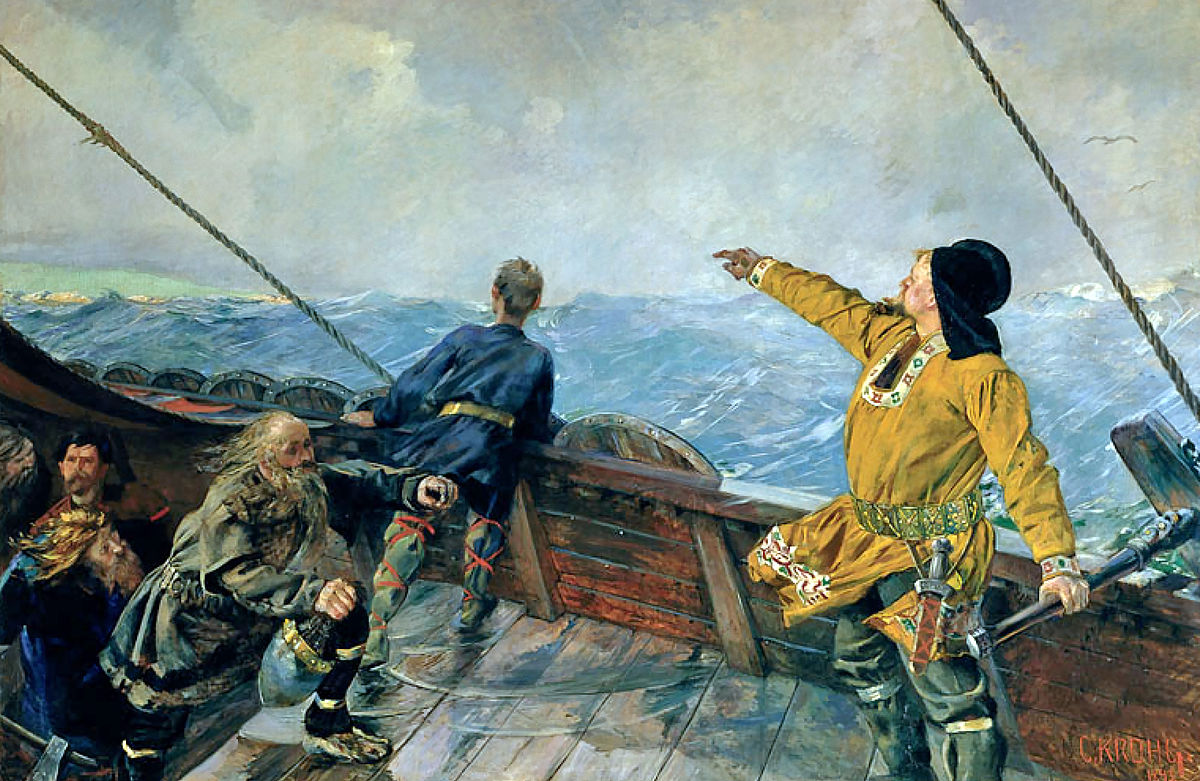The Vikings were a Scandinavian people who lived in the Nordic countries during the Middle Ages. The term “Viking” is typically used to refer to the Norse raiders and pirates who terrorized Europe during this period. However, the Vikings were also farmers, traders, and explorers. They settled in many parts of Europe, including Iceland, Greenland, and Russia.
The Viking Age began around 800 AD and ended around 1050 AD. During this time, the Vikings became known for their fierce raiding parties that sacked monasteries and villages along the coasts of Europe. They also established settlements in areas that they conquered, such as England (the Danelaw), Ireland (Dublin), and Normandy (France). In addition to their reputation as warriors, the Vikings were also skilled craftsmen and artists. They created beautiful works of art, such as jewelry, weapons, and shipbuilding.
The end of the Viking Age is often marked by the Battle of Stamford Bridge in 1066, in which the Norwegian king Harald Hardrada was defeated by the English king Harold Godwinson. This battle marked the end of Scandinavian expansion into England. The Viking Age came to an end for other reasons as well; internal strife within Scandinavia led to a decline in raiding activity, while changes in European politics made it difficult for the Vikings to maintain their settlements outside of Scandinavia. By 1100 AD, most Viking settlements had been abandoned or assimilated into other cultures.
The viking culture was never completely wiped out, and there are still people who identify as vikings in modern times. However, the majority of people with viking ancestry now live in countries other than Scandinavia.
There are an estimated 3 million people of viking descent living in the United States, and many of them still identify as vikings. In fact, the American city with the highest concentration of people of Scandinavian descent is Minneapolis, Minnesota – which is also known as “Mini-Scandinavia”. There are also large populations of people with viking ancestry in Canada, Australia, and New Zealand.
There are an estimated three million people of Viking descent still living today and their legacy can be seen all over Scandinavia and the North Atlantic. The Vikings were a group of people who came from the Scandinavian countries of Norway, Denmark, and Sweden. They were known for their skill in shipbuilding and sailing. They also had a reputation for being fierce warriors.
The Vikings began raiding other countries in the 8th century. They first attacked the British Isles, then moved on to France and Russia. By the 11th century, they had settled in Iceland, Greenland, and Newfoundland. The Viking Age came to an end around the year 1100.
There are many place names that come from the Viking Era. Some examples include Oslo (Norway), Stockholm (Sweden), Copenhagen (Denmark), Reykjavik (Iceland), and Dublin (Ireland). There are also many words that come from Old Norse, the language spoken by the Vikings. These words include “ogre”, “berserk”, “husband”, “Friday”, and “window”.
The Vikings were a key part of European history and their influence can still be seen today.
